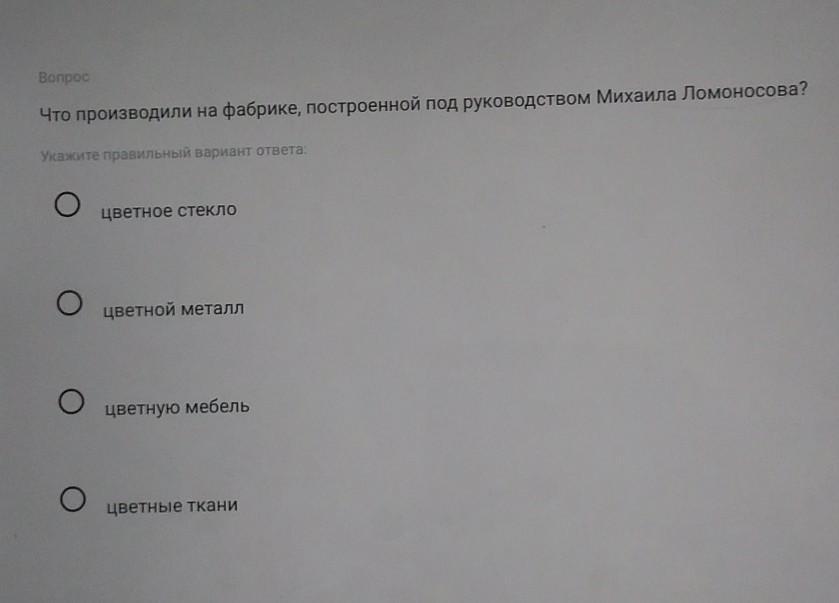Предмет: История,
автор: sofa555pauk
помогите пожалуйста
Приложения:

Ответы
Автор ответа:
0
Ответ:
Объяснение:
Цветное стекло. Так как он его изобрел
Автор ответа:
0
Ответ : Цветное стекло
Объяснение:
Похожие вопросы
Предмет: Английский язык,
автор: milani94
Предмет: Русский язык,
автор: настюшка147147
Предмет: Русский язык,
автор: Варюшенька555
Предмет: Информатика,
автор: alexa205
Предмет: Математика,
автор: lesya1310